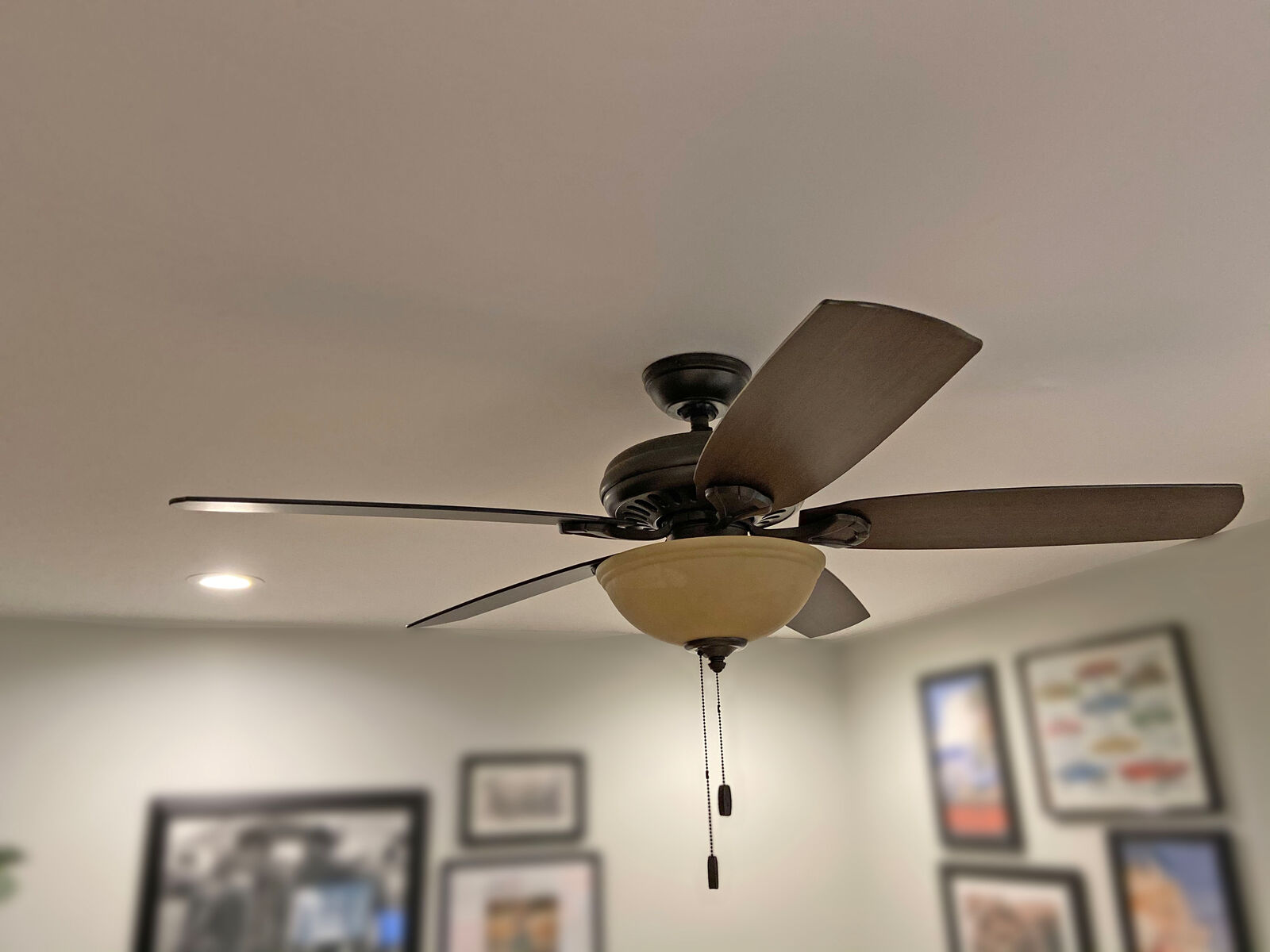

Articles
Which Way Should Fan Spin
Modified: October 28, 2024
Discover the correct direction for your fan to spin with our informative articles on which way fans should rotate.
(Many of the links in this article redirect to a specific reviewed product. Your purchase of these products through affiliate links helps to generate commission for Storables.com, at no extra cost. Learn more)
Introduction
When it comes to cooling a room or maintaining a comfortable indoor environment, ceiling fans are a popular and energy-efficient choice. But have you ever wondered which way your fan should spin? Surprisingly, the direction in which a ceiling fan spins can have a significant impact on its functionality and the level of comfort it provides.
Understanding the correct fan direction is crucial, as it can optimize airflow and help you save on energy costs. In this article, we will delve into the importance of fan direction and discuss the advantages of both clockwise and counterclockwise fan spin. We will also explore the factors to consider when determining which way your fan should spin in specific scenarios, such as winter and summer. Let’s dive into the details and find out the answer to the age-old question: which way should fan spin?
Key Takeaways:
- Choose the right fan direction to optimize comfort and energy efficiency. In winter, use a clockwise spin to circulate warm air and save on heating costs. In summer, a counterclockwise spin creates a cooling breeze without relying solely on AC.
- Consider factors like season, room size, and personal preference when setting fan direction. Adjust speed accordingly for maximum comfort and energy savings. Mastering fan direction enhances indoor comfort year-round.
Read more: Which Way Should The Fan Turn In The Winter
Understanding Fan Direction
Before we delve into the advantages of different fan directions, let’s first understand the basic concept. Ceiling fans have the ability to spin in two different directions: clockwise (also known as winter or reverse mode) and counterclockwise (also known as summer or forward mode).
In the clockwise direction, the fan blades spin in a clockwise motion when viewed from below. This creates an upward draft, which helps to circulate warm air that tends to rise and collect near the ceiling. On the other hand, in the counterclockwise direction, the fan blades spin in a counterclockwise motion when viewed from below. This generates a downward airflow, providing a cooling effect by creating a wind-chill effect on your skin.
The direction in which a fan spins can be adjusted by flipping a switch located on the fan motor housing. This switch controls the direction of the motor and, consequently, the direction in which the fan blades spin.
Now that we have a basic understanding of fan direction, let’s explore the advantages of each direction and when to use them.
Advantages of Clockwise Fan Spin
When the fan spins in a clockwise direction, it is typically set to the winter or reverse mode. This direction is ideal for colder months or when you want to distribute warm air throughout the room. Here are the advantages of using a clockwise fan spin:
- Improved Heating Efficiency: In colder months, warm air tends to rise and accumulate near the ceiling, leaving the lower part of the room feeling cooler. By running your fan in a clockwise direction on a low speed, you can create an upward draft. This helps to push the warm air down and recirculate it throughout the room, improving heating efficiency and ensuring a more consistent temperature.
- Energy Savings: Since warm air is efficiently redistributed, running your fan in the clockwise direction can help reduce your reliance on heating systems and save energy. This can result in lower utility bills and increased energy efficiency.
- Reduced Cold Drafts: When the fan is in the clockwise direction, the upward draft helps to prevent cold air from being pushed down directly, reducing cold drafts and creating a more comfortable environment.
- Reduced Strain on the Heating System: By using a clockwise fan spin, you can improve heating system efficiency, as the warm air is more effectively circulated and distributed throughout the room. This reduces the workload and strain on the heating system, prolonging its lifespan and potentially reducing maintenance costs.
Overall, the clockwise fan spin is beneficial during the colder months when you want to improve heating efficiency, save on energy costs, and create a more comfortable environment. However, it is important to note that the ideal fan direction may vary depending on individual preferences, climate, and specific room conditions.
Advantages of Counterclockwise Fan Spin
When the fan spins in a counterclockwise direction, it is typically set to the summer or forward mode. This direction is ideal for warmer months or when you want to create a cooling breeze in the room. Let’s explore the advantages of using a counterclockwise fan spin:
- Enhanced Cooling Effect: The counterclockwise fan spin creates a direct downward airflow, which creates a wind-chill effect on your skin. This helps to evaporate moisture from your skin, making you feel cooler even without reducing the room temperature.
- Improved Air Circulation: Running the fan counterclockwise helps to circulate the air in the room, preventing it from becoming stagnant. This can reduce stuffiness and create a fresher indoor environment.
- Increased Energy Efficiency: By using a counterclockwise fan spin, you can rely less on air conditioning systems and potentially save on energy costs. The cooling effect of the fan can allow you to set your thermostat a few degrees higher, reducing the workload on the AC unit and conserving energy.
- Reduced Humidity: The airflow generated by a counterclockwise fan spin can aid in reducing humidity levels in the room. This can be particularly beneficial in areas with high humidity, as it helps to create a more comfortable and less sticky atmosphere.
It’s important to note that while a counterclockwise fan spin can provide a cooling effect, it doesn’t actually lower the temperature in the room. Instead, it creates a breeze that makes you feel cooler by enhancing the evaporation of sweat from your skin.
Now that we’ve explored the advantages of both clockwise and counterclockwise fan spins, let’s discuss the factors to consider when determining which way your fan should spin in specific scenarios.
Factors to Consider for Fan Direction
When deciding which way your fan should spin, there are several factors to consider. These factors can help you determine the most appropriate fan direction for your specific needs. Here are some key factors to keep in mind:
- Season: The season can play a crucial role in determining the fan direction. In the colder months, such as winter, a clockwise fan spin is generally recommended to improve heating efficiency. In contrast, during the warmer months, like summer, a counterclockwise fan spin is typically preferred to create a cooling breeze. Adjust the fan direction accordingly as the seasons change.
- Room Size and Layout: The size and layout of the room are important considerations. In larger rooms, using a higher fan speed and counterclockwise spin can provide better air circulation. However, in smaller rooms or if you prefer a more gentle breeze, a lower fan speed with a clockwise spin may suffice.
- Ceiling Height: Ceiling height can impact the effectiveness of the fan direction. Higher ceilings may require a higher fan speed to ensure proper air movement. Experiment with different speeds and directions to find the optimal setting for your ceiling height.
- Personal Preference: Each individual has their own comfort level and personal preferences. Some people may prefer a strong breeze and opt for a higher fan speed in the counterclockwise direction, while others may prefer a more subtle airflow with a lower fan speed and clockwise spin. Consider what feels most comfortable for you.
- Climate: The climate in your area can also influence the fan direction choice. In hot and humid climates, a counterclockwise fan spin can provide a more cooling effect. In drier climates, a clockwise spin can help distribute moisture and prevent dryness in the air.
By considering these factors, you can determine the most suitable fan direction for different scenarios, optimizing the comfort and airflow in your space.
Next, let’s explore the specific fan direction recommendations for winter and summer seasons.
In the summer, ceiling fans should spin counterclockwise to create a breeze. In the winter, they should spin clockwise to push warm air down.
Read more: Which Way Should Fan Blow In Summer
Which Way Should Fan Spin in Winter?
During the winter season, the fan direction should typically be set to spin in a clockwise or reverse direction. This is because a clockwise fan spin can help circulate warm air and improve heating efficiency. Here’s why:
- Improved Heat Distribution: Warm air naturally rises and tends to collect near the ceiling. By running the fan in a clockwise direction on a low speed, you can create an upward draft. This helps to push the warm air down and redistribute it throughout the room, preventing it from accumulating near the ceiling and ensuring a more even temperature from floor to ceiling.
- Enhanced Heating Efficiency: When warm air is properly circulated, you can experience improved heating efficiency. This means that the warm air is effectively utilized and does not go to waste, reducing the need for excessive heating and potentially lowering energy costs.
- Reduced Cold Spots: Using a clockwise fan spin in winter can help eliminate cold spots in the room. It prevents warm air from being trapped near the ceiling and ensures that it is evenly distributed, effectively reducing temperature variations and creating a more comfortable environment.
It’s important to note that during winter, you should adjust your fan speed to a lower setting to avoid creating a draft that may cause discomfort. A gentle and slow rotation is sufficient for the clockwise fan spin to aid in heat circulation.
However, it’s worth mentioning that every home and heating system is different. If you find that the clockwise fan spin doesn’t improve the comfort level or heating efficiency in your home, you may want to experiment with different fan speeds and directions to find the optimal setting.
Now, let’s discover which way your fan should spin in the summer season.
Which Way Should Fan Spin in Summer?
During the summer season, the fan direction should typically be set to spin in a counterclockwise or forward direction. This is because a counterclockwise fan spin can create a cooling breeze and help keep you comfortable. Here are the reasons why:
- Cooling Effect: The counterclockwise fan spin generates a direct downward airflow, creating a breeze that helps evaporate moisture from your skin. This evaporation process creates a cooling effect, making you feel more comfortable even without lowering the room temperature.
- Improved Air Circulation: Running the fan in the counterclockwise direction promotes air circulation in the room. It prevents the air from becoming stagnant, reducing the feeling of stuffiness and creating a fresher and more pleasant environment.
- Energy Savings: By using a counterclockwise fan spin, you can reduce your reliance on air conditioning systems and potentially save on energy costs. The cooling effect of the fan allows you to set your thermostat a few degrees higher, reducing the workload on the AC unit and conserving energy.
- Reduced Humidity: The airflow generated by the counterclockwise fan spin can help reduce humidity levels in the room. This can be particularly beneficial in areas with high humidity, as it creates a more comfortable and less sticky atmosphere.
When using the fan in the summer, it’s recommended to increase the fan speed to a comfortable level. This will enhance the cooling effect and provide a refreshing breeze throughout the room.
It’s important to note that a ceiling fan does not actually lower the temperature in the room, but rather creates a wind-chill effect on your skin. Therefore, it’s not necessary to keep the fan running in an unoccupied room, as it only affects your comfort when you are present in the room.
Now that you know the recommended fan direction for both winter and summer, let’s explore a case study on the importance of ceiling fan direction.
Case Study: Ceiling Fan Direction
To illustrate the importance of ceiling fan direction, let’s consider a case study of a family living in a two-story home. They have a ceiling fan in their living room, which is the central gathering space for the family. The family wants to optimize the comfort and energy efficiency of their space by using the ceiling fan effectively.
During the winter season, they set the ceiling fan to spin in a clockwise direction on a low speed. This helps to circulate the warm air that rises to the top of the room, preventing it from getting trapped near the ceiling. As a result, the family experiences improved heating efficiency and a more even distribution of warmth throughout the living room.
Once summer arrives, the family adjusts the ceiling fan to spin in a counterclockwise direction. This creates a cooling breeze, making the room feel comfortable without relying solely on the air conditioning system. By setting the thermostat a few degrees higher and using the fan, they can save on energy costs while still enjoying a pleasant and cooler environment.
The family also takes into account factors such as room size and ceiling height. Given that their living room is quite spacious with high ceilings, they opt for a higher fan speed in the counterclockwise direction to ensure proper air circulation. This helps to maximize the cooling effect and keeps the entire room more comfortable during the summer months.
By considering these factors and adjusting their ceiling fan direction accordingly, the family not only ensures their comfort but also reduces their energy consumption. They benefit from improved heating and cooling efficiency and enjoy a more pleasant living space throughout the year.
This case study highlights the importance of understanding and utilizing the correct ceiling fan direction for optimal comfort and energy efficiency.
Now, let’s conclude our discussion on which way the fan should spin.
Conclusion
Choosing the correct fan direction is key to maximizing the comfort and efficiency of your ceiling fan. Whether it’s the winter season and you need to distribute warm air or the summer season and you want a cooling breeze, selecting the appropriate fan spin can make a significant difference.
For winter, setting your fan to spin clockwise or in reverse mode helps circulate warm air and improve heating efficiency. This ensures a more even temperature throughout the room and can save on energy costs. On the other hand, in the summer, a counterclockwise fan spin creates a cooling breeze, providing a refreshing and comfortable environment without solely relying on air conditioning.
There are various factors to consider when determining fan direction, such as season, room size, ceiling height, personal preference, and climate. By taking these factors into account, you can customize the fan direction to suit your specific needs and optimize the airflow in your space.
Remember, adjusting the fan speed is important too. Lower speeds in the winter prevent cold drafts, while higher speeds in the summer enhance the cooling effect.
By understanding the importance of fan direction and making informed choices, you can create a more comfortable and energy-efficient living space. So, the next time you ponder which way should fan spin, consider the season, room characteristics, and your personal preferences to set the fan in the right direction.
Now that you’re armed with the knowledge of fan direction, go ahead and make the most of your ceiling fan to enhance your indoor comfort throughout the year.
Frequently Asked Questions about Which Way Should Fan Spin
Was this page helpful?
At Storables.com, we guarantee accurate and reliable information. Our content, validated by Expert Board Contributors, is crafted following stringent Editorial Policies. We're committed to providing you with well-researched, expert-backed insights for all your informational needs.
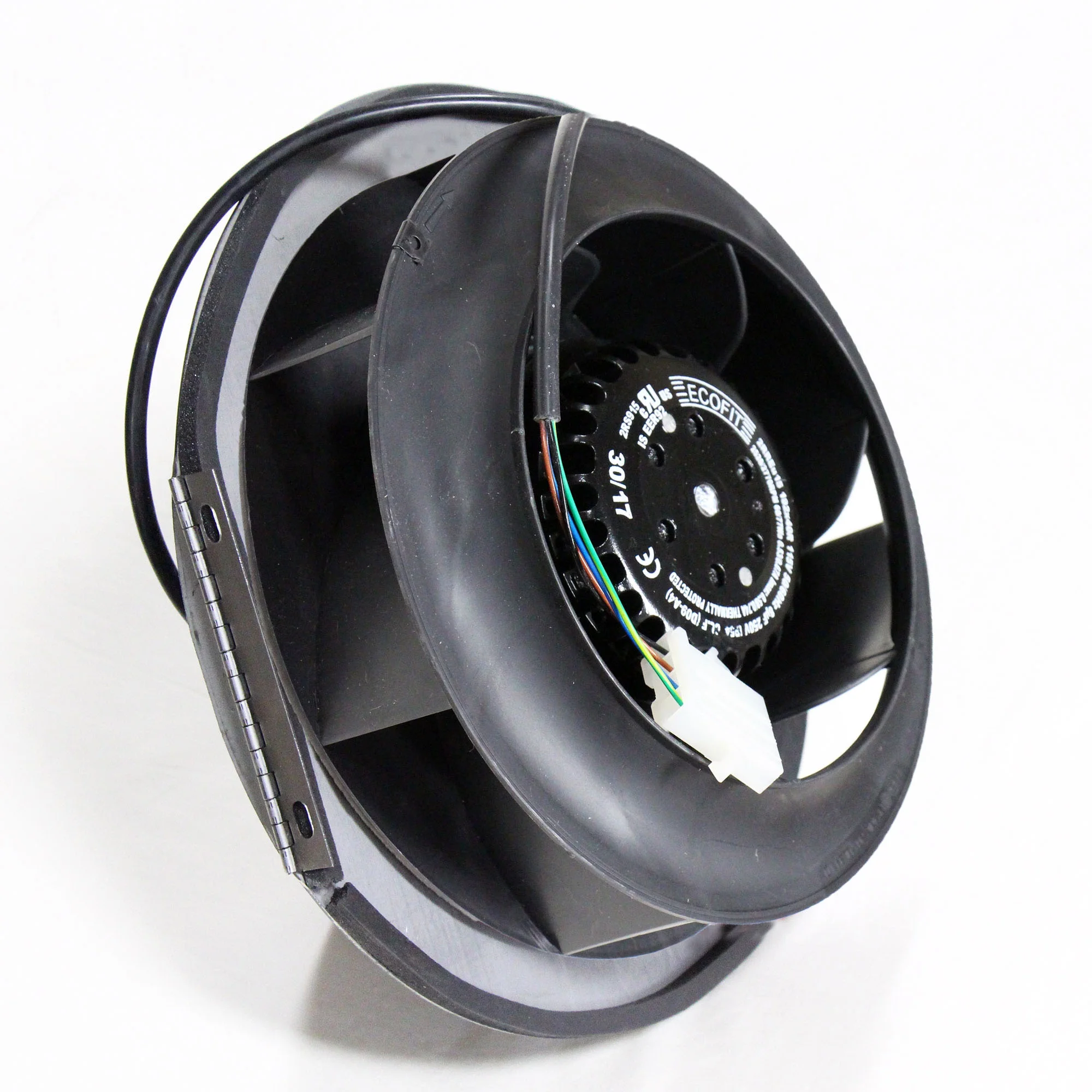
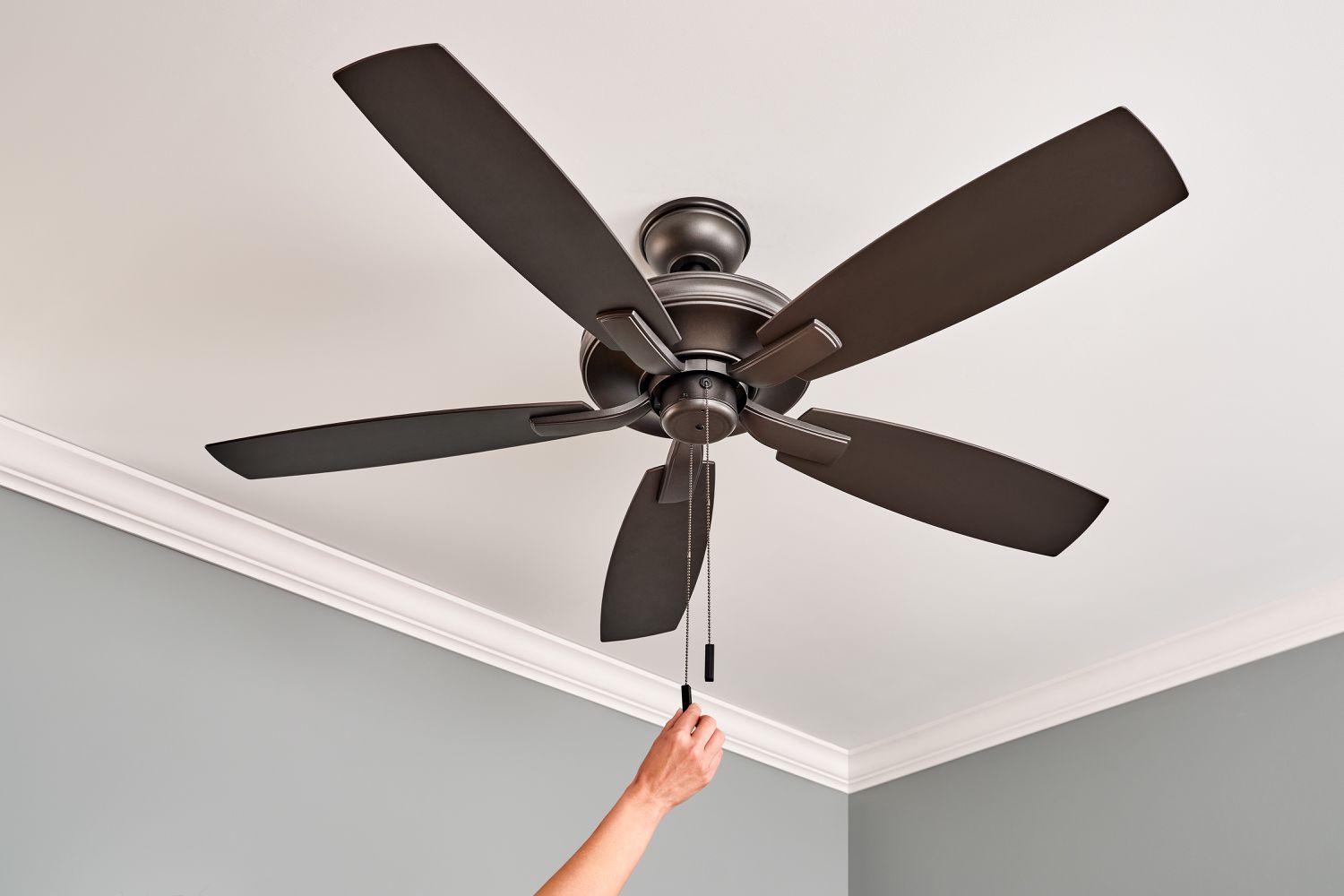
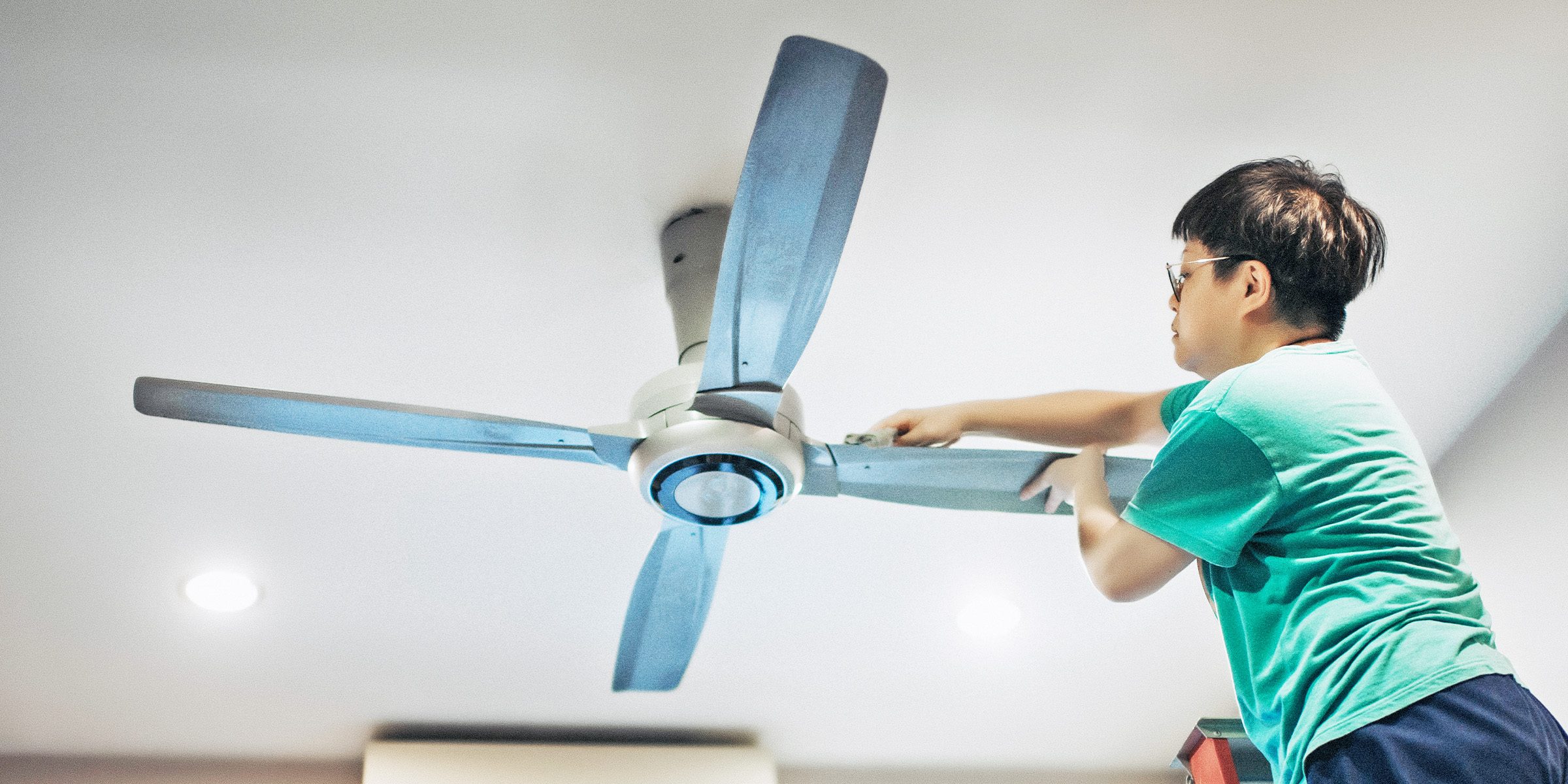
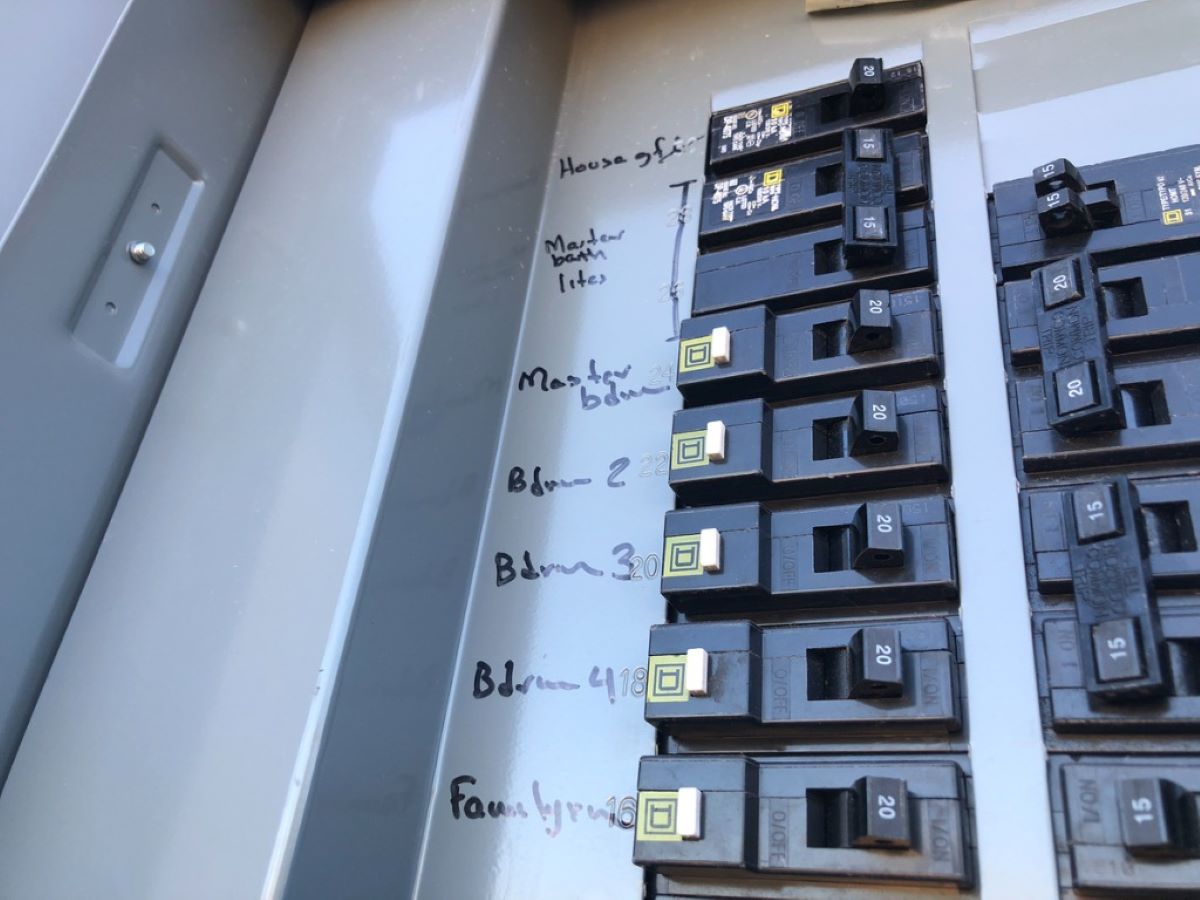
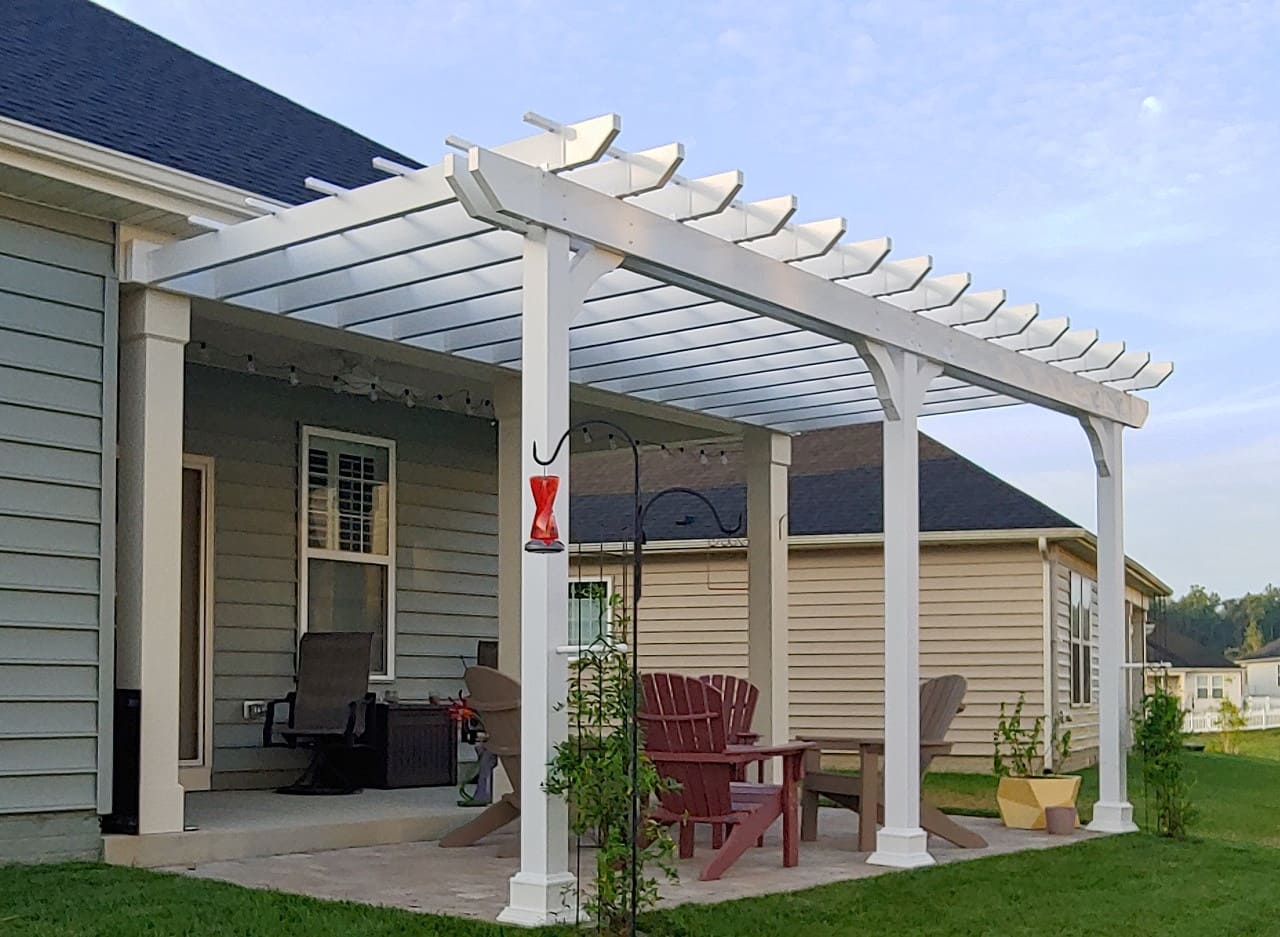


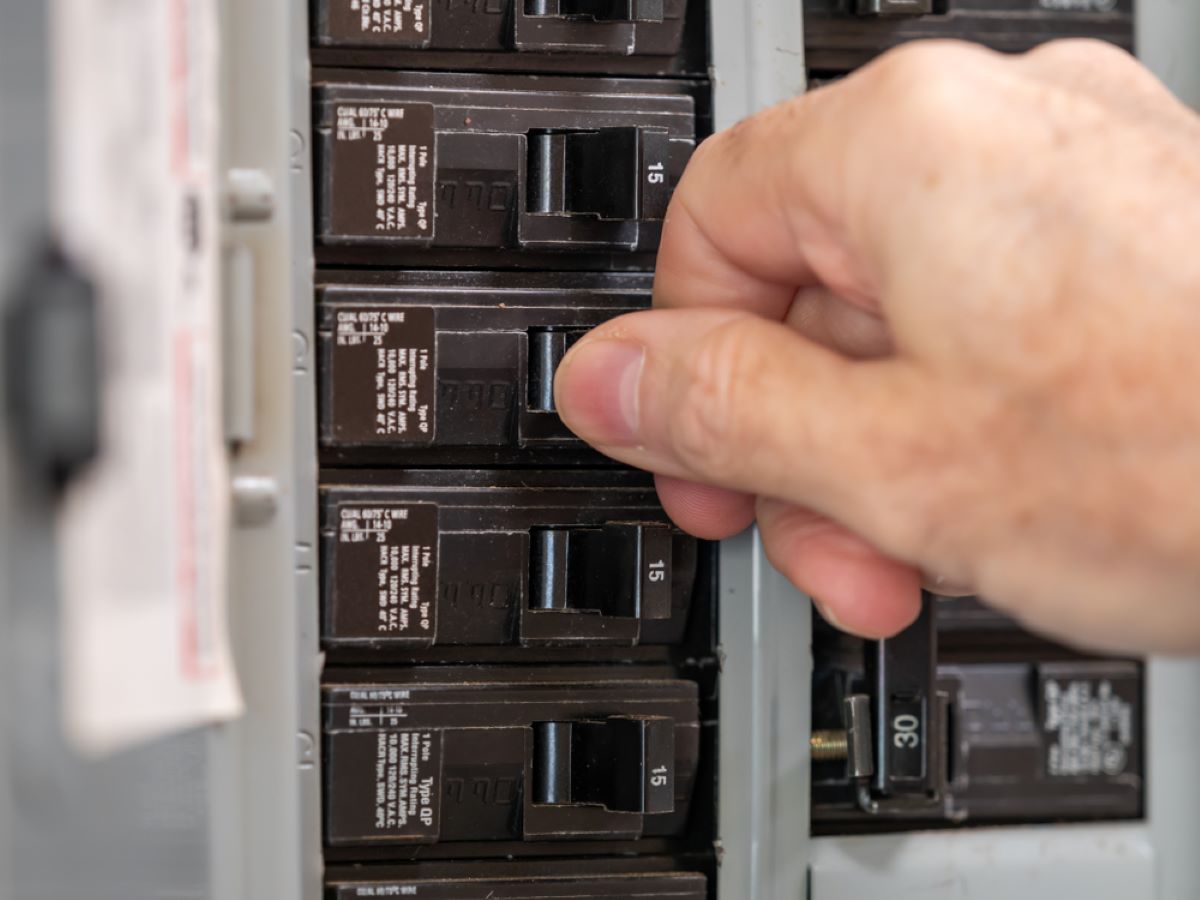
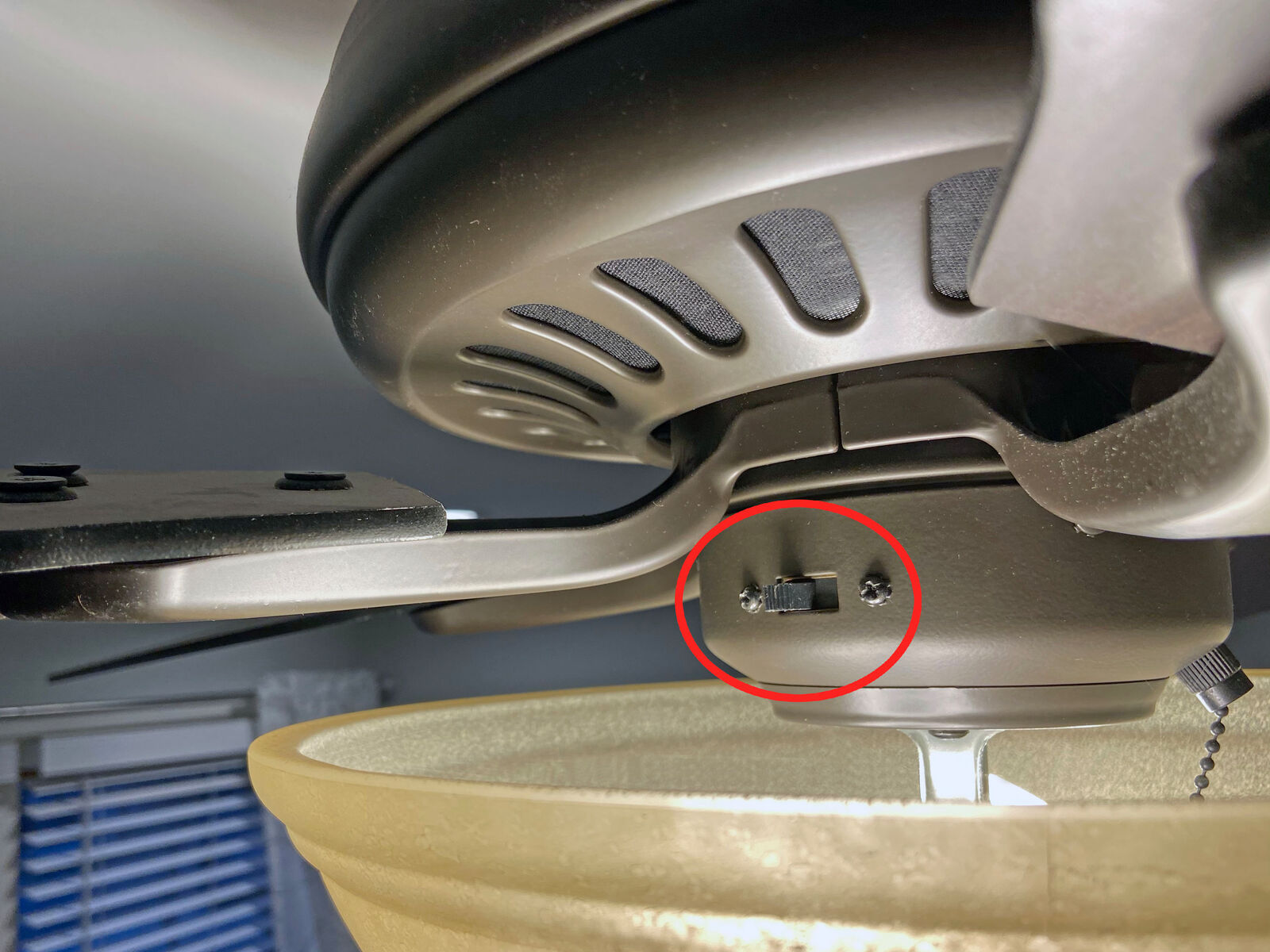

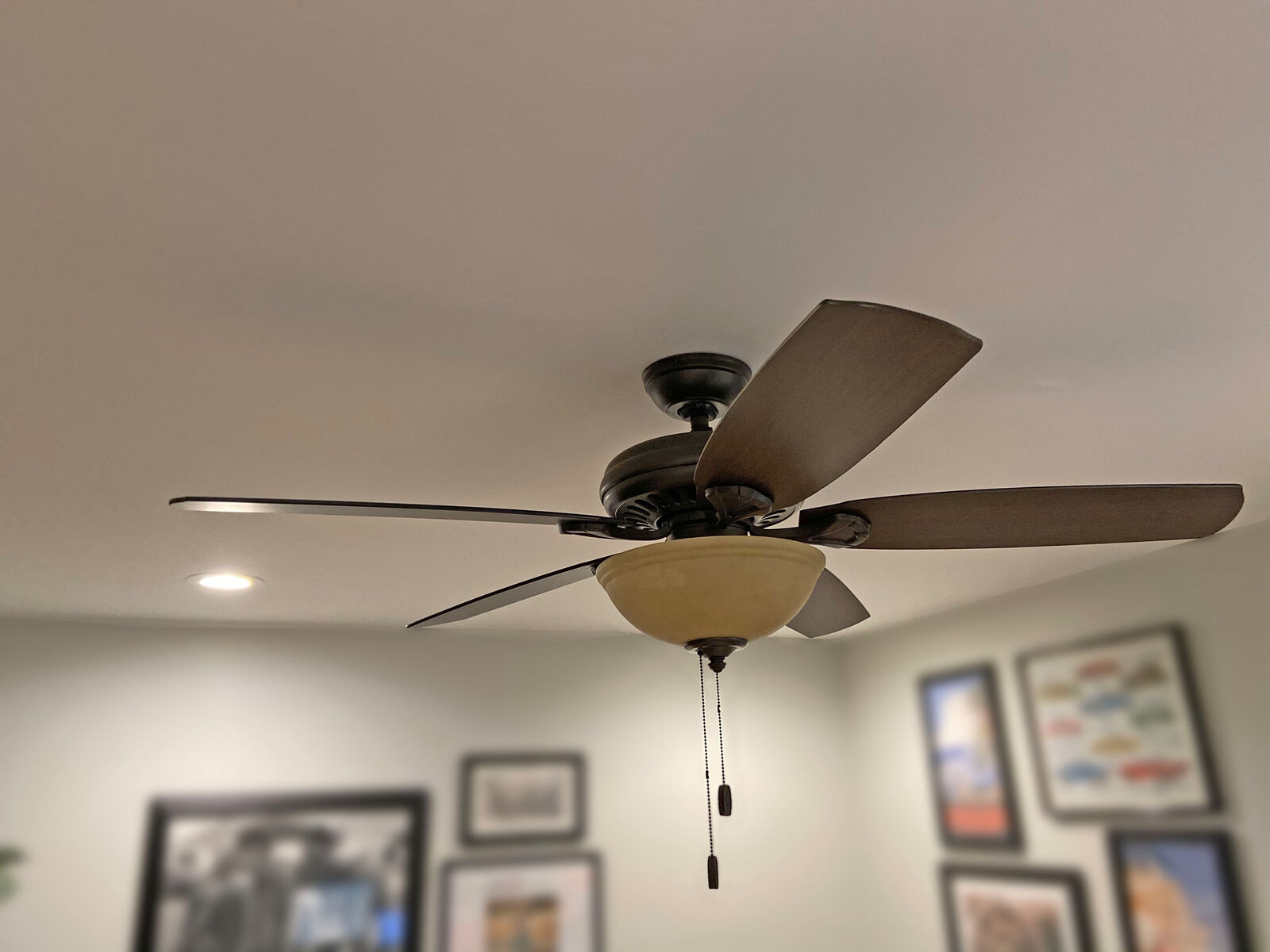
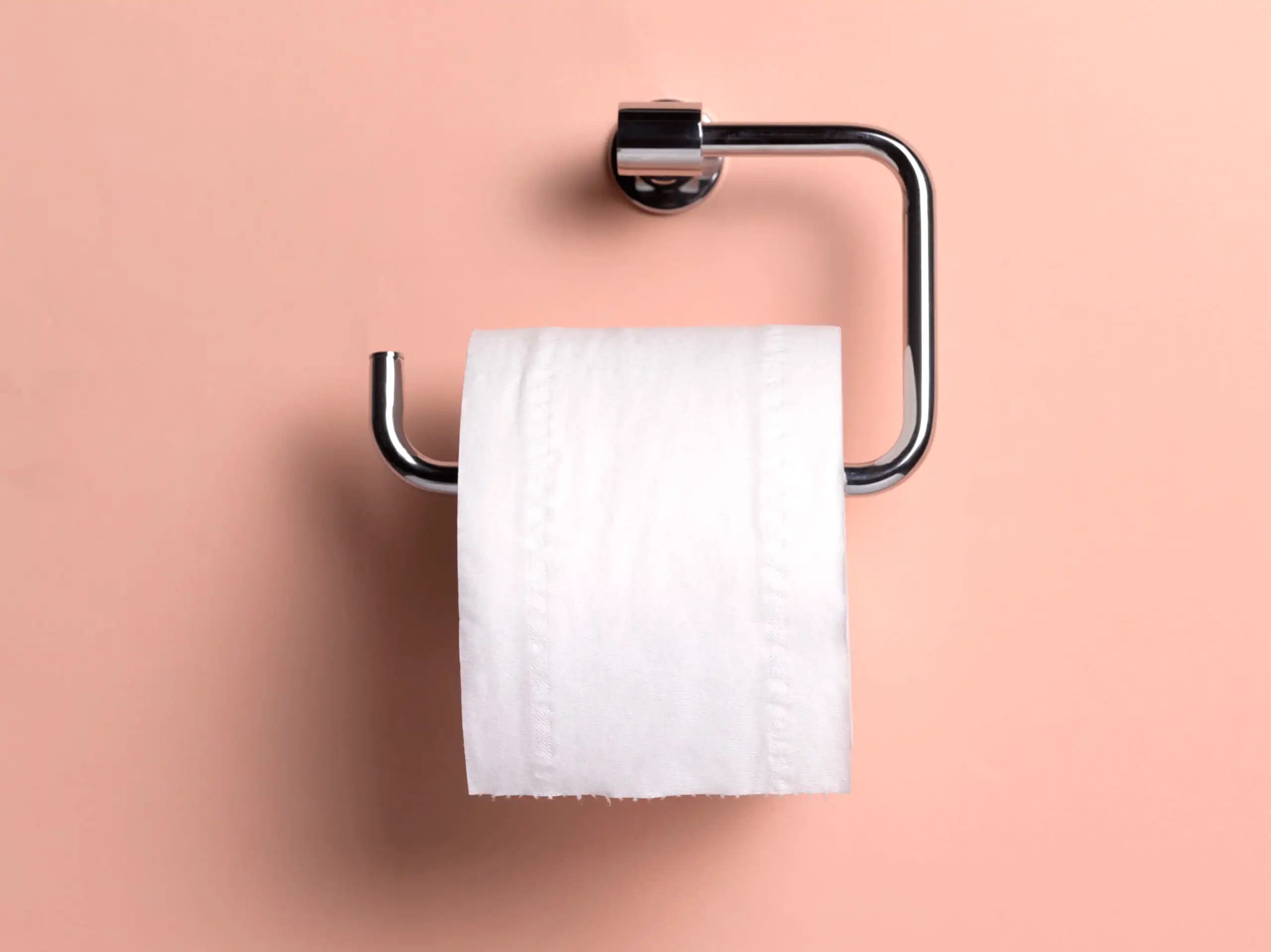
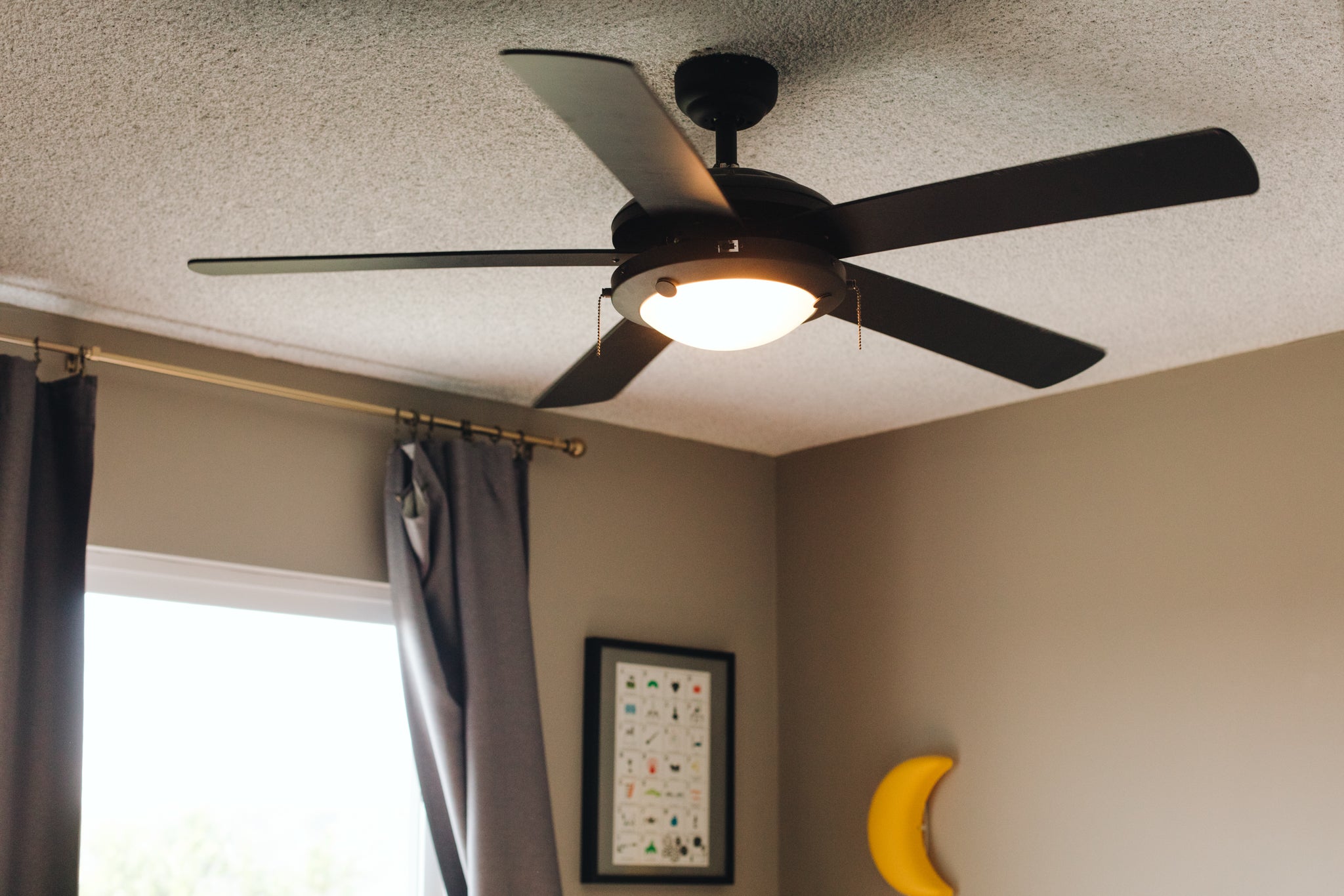
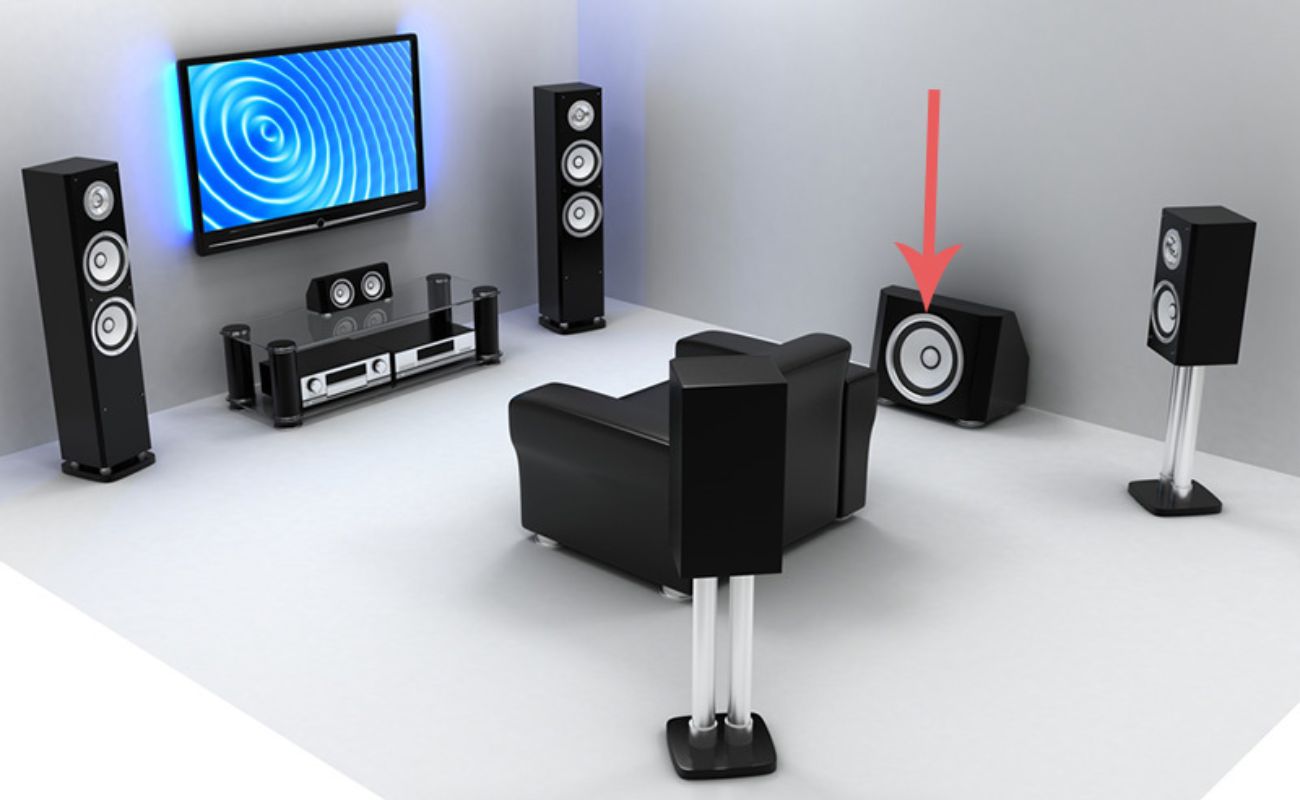

0 thoughts on “Which Way Should Fan Spin”